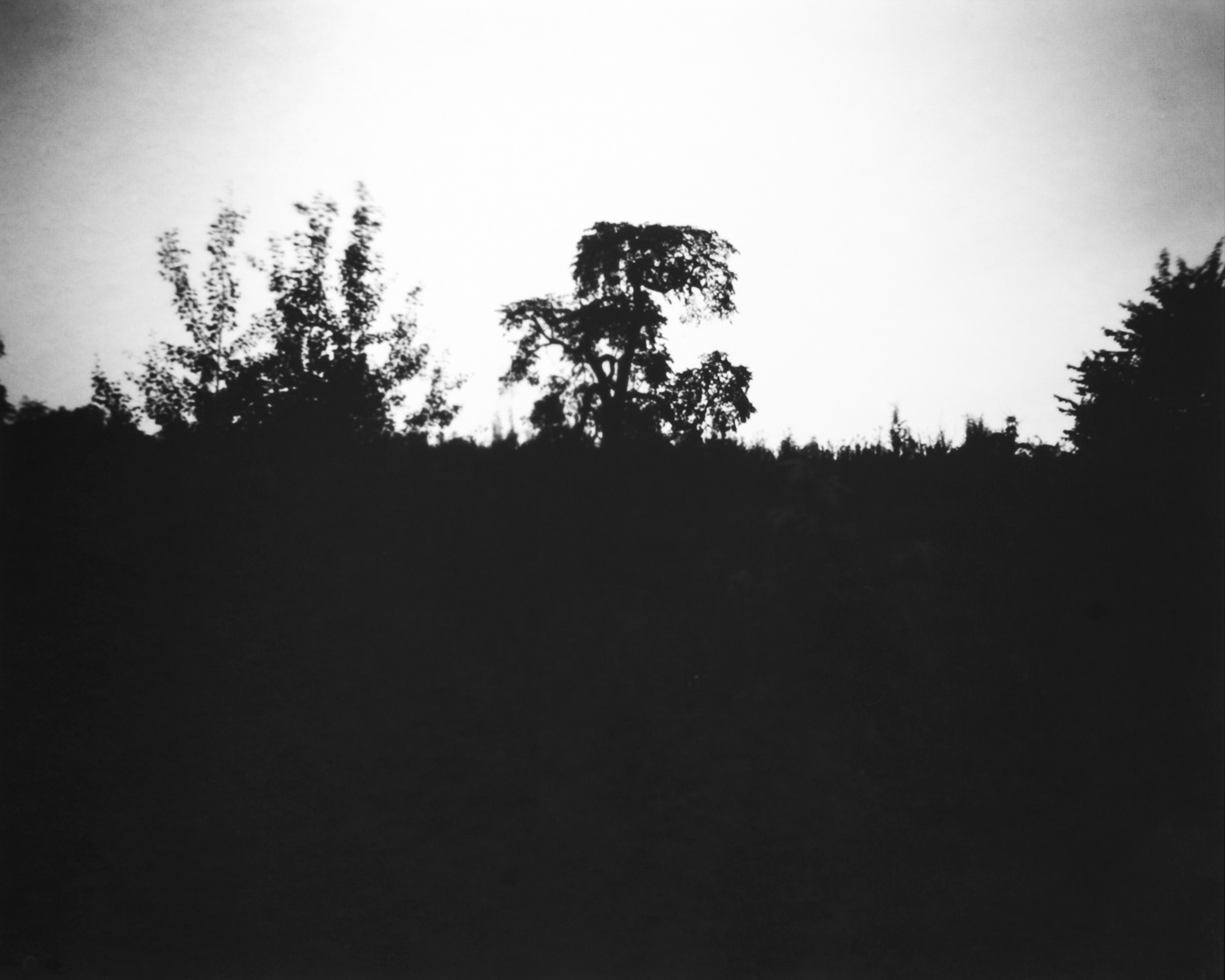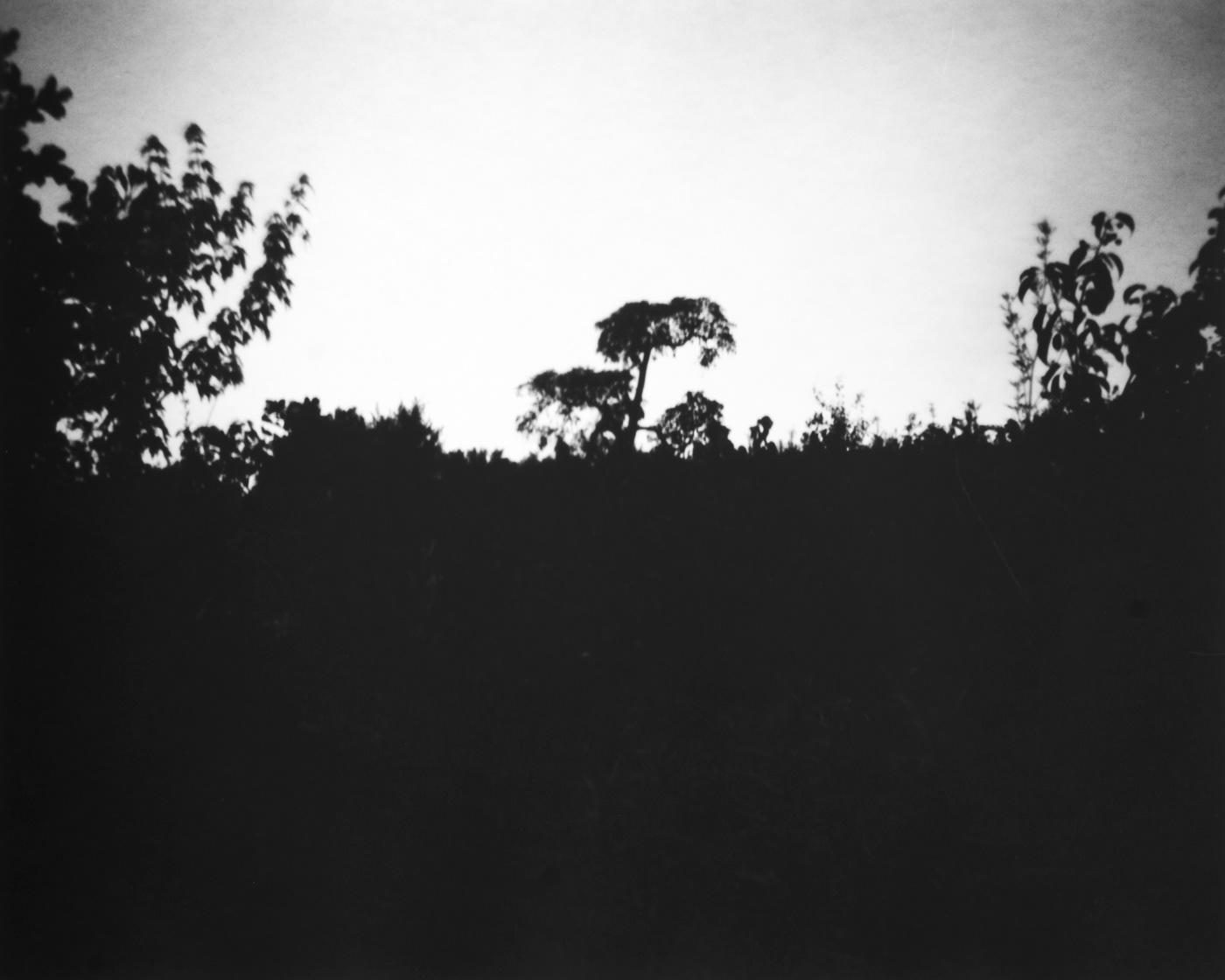

On Tree Time offers a glimpse into the future forests of the Three Rivers Park District, focusing on sites within the Crow-Hassan, Baker Park, and Elm Creek Reserves. These rewilded landscapes exemplify the restoration of native woodlands that were largely cleared for agriculture by the early twentieth century. Today, forestry managers at the Three Rivers Forestry Nursery at Crow-Hassan Park are working in concert with local ecology to reestablish these woodland plant communities and prepare them for a future climate.
The Three Rivers Park District has been thinking on tree time for nearly half a century. In 1976 Three Rivers founded the forestry nursery with a bold vision: to grow all the trees needed for reforestation across the district. Centered on the cultivation of genetically diverse native species, this effort reflects a long-term investment in biodiversity and climate resilience. Each tree is nurtured over many years before settling into its final home—a process measured not in seasons, but in decades. These landscapes evolve slowly, operating on tree time.
The photographs in this exhibition also operate on tree time. Each image was created with a large scale, lens-less pinhole camera, with exposures lasting anywhere from 15 minutes to 24 hours. This specialized camera captures light without mediation - patiently and deliberately - mirroring the quiet labor of ecological restoration.
The imagery is dark and romantic, evoking the pictorialist aesthetic of the late19th-century - ripe with expression and mood. This visual reference to the past—a time before agricultural transformation—is also a vision of a future landscape: obscure and fuzzy, painted with broad strokes. The same land once wild, once cultivated, now wild again. Photographs and landscapes existing in a suspended moment where past, present, and future reside.
This exhibition would not exist without the generous support of the Three Rivers Park District Forestry Nursery, support staff at Crow-Hassen Park Reserve and Silverwood Park, and financial support provided by a grant from the Bison Arts and Humanities Fund at North Dakota State University.